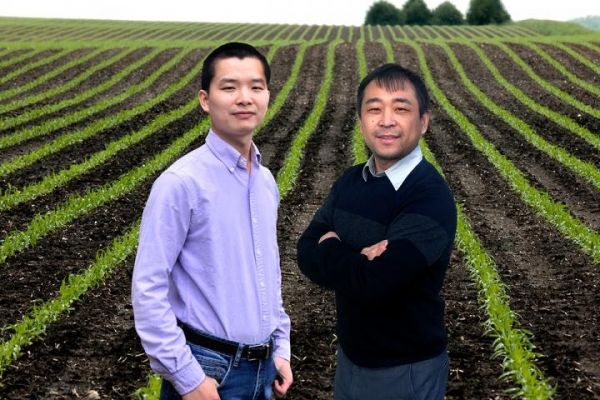Crop modeling is essential for understanding how to secure the food supply as the planet adapts to climate change. Many current crop models focus on simulating crop growth and yield at the field scale, but lack genetic and physiological data, which may hamper accurate production and environmental impact assessment at larger scales.
In a new paper published in the journal Nature Plants, researchers identify a series of multiscale and multidisciplinary components – from crop genetics up to global factors – that are critical for finding environmentally sustainable solutions to food security.
Many crop models focus on understanding how plant characteristics such as leaf size play into the crop yield at the field scale, the researchers said. “Modeling at this scale is critical, but we would like to incorporate information from gene-to-cell and regional-to-global scale data into our modeling framework,” said Bin Peng, a University of Illinois at Urbana-Champaign postdoctoral researcher and co-lead author.
The study identifies components that could help generate a more informative modeling framework. “Multiscale modeling is the key to linking the design of climate change adaptation strategies for crop and field management with a large-scale assessment of adaptation impact on crop production, environment, climate and economy,” Peng said.
Read more at University of Illinois at Urbana-Champaign, News Bureau
Image: Researchers Bin Peng, left, and Kaiyu Guan led a large, multi-institutional study that calls for a better representation of plant genetics data in the models used to understand crop adaptation and food security during climate change. (Credit: Photo illustration by Fred Zwicky)


